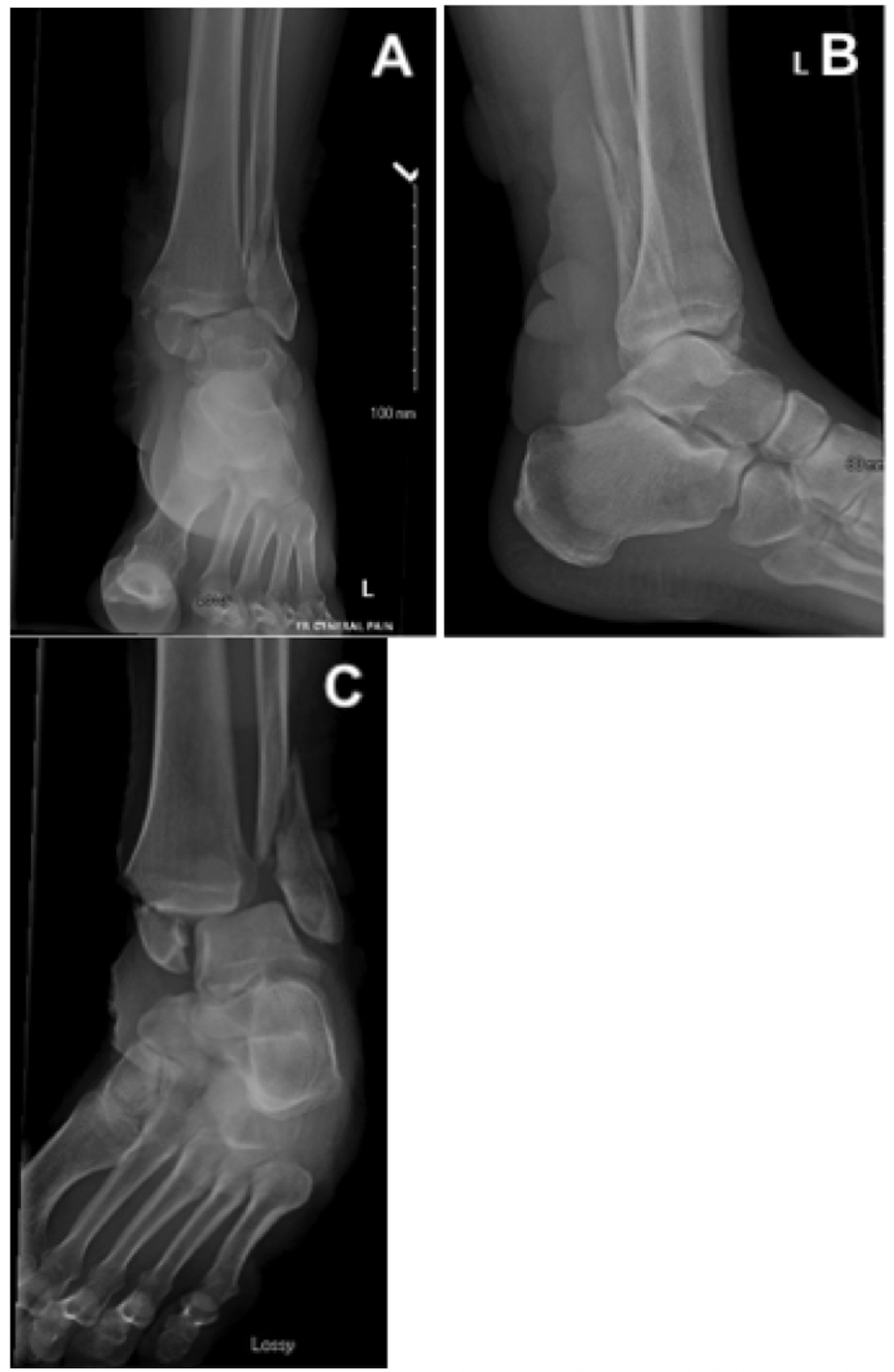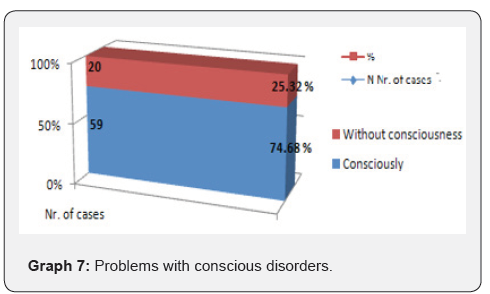

In other words, the clinical exam is good at saying that a patient has PAD/CLI but it not good at excluding PAD/CLI. All of the clinical findings of PAD and CLI have limited negative predictive value. In the worst case scenario, patients with CLI undergo amputation without any proper physiologic testing. Too many physicians and providers mistakenly think that the absence of these findings means that the patient does not have PAD or CLI.

See for a typically example of how a the palpation of the PTA lead to delayed revascularization. In reality there are only 2 types of pulses - completely normal or abnormal. Too often, medical providers palpate a single pulse in the foot and make the incorrect decision that there is adequate blood flow. In about 2% of patients, the PTA is congenitally absent. In about 10% of patients the DPA is congenitally absent. Or the medial or lateral plantar arteries, which are branches from the PTA, maybe blocked causing significant foot ischemia. In particular, there can be occlusions of the DPA in the mid foot when it is palpable near the ankle. More significantly, there can be significant blockages in the arteries distal to the area of pulse palpation. There is significant inter-observer disagreement - meaning that 20-40% of the time 2 different examiners do not agree on the grading of the pulse. Pulses are graded on a scale from 0 (absent) to 4 (bounding). There are 2 pulses in the foot that to check for - the dorsalis pedis artery (DPA) and the posterior tibial artery (PTA). Palpating for pedal pulses is problematic. This clinical test, when positive, is a good predictor of a patient have PAD and CLI, but when negative, it does not mean there is not significant PAD or CLI.Ĭlinical findings of some value: Pulse palpation. When in a dependent position, the foot turns brightly red, called rubor, before returning to a normal pink color. With elevation, the foot turns pale and there can be venous guttering (all the blood has drained out of the veins). In short, the negative predictive value of clinical findings for excluding clinically significant PAD is low.Ĭlinical findings of little value: Berger's Test (Examining the leg after elevation and then in a dependent position. However, if these findings are not present it does not mean that there is no PAD. Many of these findings, when present, are good predictors of PAD. Some of the common findings we look for are abnormal pulses, bruits (abnormal sounds from arteries), temperature differences, trophic changes (absent hair, thin dry skin, thickened nails), color changes and capillary refill. There are a variety of statistical terms we use to discuss the validity of these clinical findings such as sensitivity, specificity, negative predictive value, positive predictive value, true/false positive/negative and etc. When evaluating a patient for PAD we look for certain clinical findings to detect that the patient has or does not have the disease. Rudolph's Pediatrics, 23e 2018.Peripheral arterial disease (PAD) and its more severe variant critical limb ischemia (CLI) can be notoriously difficult to diagnose. New York, NY: McGraw-Hill Education 2017. Question & Explanation: Peterson AR, Wood KE. This patient’s creatinine is elevated approximately two times her expected baseline, and she has been oliguric for not more than 12 hours, which fits the criteria for stage 2 AKI. Standardized definitions of AKI are based on changes in serum creatinine and presence of oliguria. There are also only three stages of acute kidney injury. AKI can be oliguric or nonoliguric, and the presence of urine output does not exclude the presence of AKI.

AKI is an independent risk factor for intensive care unit admissions with prolonged length of stay and ventilation days, and increased mortality. It is highly prevalent in the pediatric population, occurring in one of three hospital admissions for children. The correct answer is “ B.” Acute kidney injury (AKI) is an abrupt decrease in GFR and renal function that is reversible in the majority of cases. How would you classify her acute kidney injury? Strategies that modulate the inflammatory response may prove beneficial in human acute renal failure. The release of cytokines and chemokines from infiltrating cells and injured tubules can amplify the destructive process. Major microvascular changes and inflammatory pathways induced by acute kidney injury. You suspect toxic shock syndrome with acute kidney injury. She received fluid resuscitation, requiring multiple normal saline boluses, and has been started on a vasopressor continuous infusion. Her urinalysis has a specific gravity greater than 1.030. Her BUN is 29 mg/dL and creatinine is 1.9 mg/dL.
BRISK CAPILLARY REFILLS SKIN
Her skin is diffusely red and her eyes are injected. On exam, she is tachycardic with brisk capillary refill. She has been vomiting and had diarrhea this morning.


 0 kommentar(er)
0 kommentar(er)
